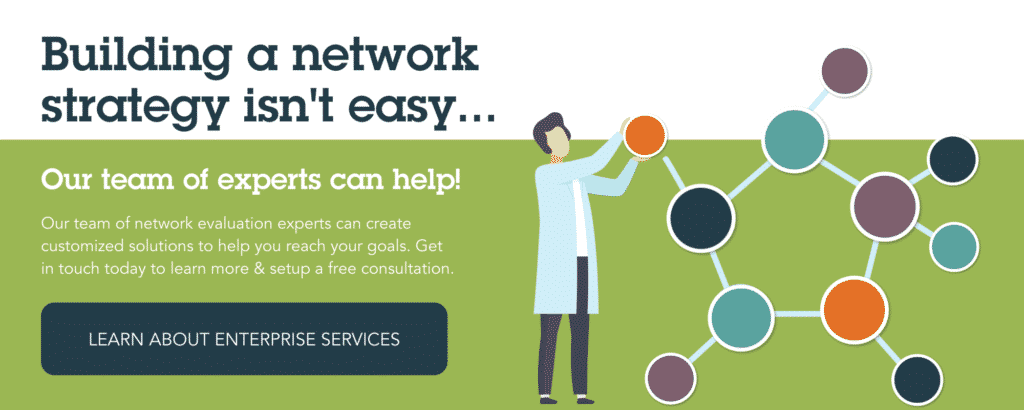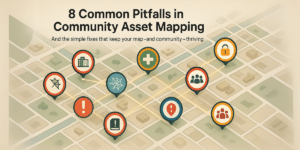Studying Counter-Human Trafficking Coalitions with PARTNER

Anyone who has tried building or leading a coalition knows how difficult it is. Given all the work that goes into these efforts, many researchers are focused on identifying the key factors that lead to coalition success – both in terms of the social impact they aim to achieve and their coalition outcomes like trust and interaction. In a recently published study in Management Communication Quarterly, Dr. Kirsten Foot and her colleagues attempted to answer this question for Counter-Human Trafficking Coalitions (CTCs) in the global south. They specifically focus their attention on this region given the lack of findings in this part of the globe relative to the north. Their results include helpful insights for all those who build and lead coalitions.
What Factors Drive Coalition Success?
After selecting three CTCs in three different countries, the researchers decided to focus on several characteristics of networks that could impact their outcomes and effectiveness. Specifically, they reviewed coalition processes, including activities of the coalition and leadership practices within the coalition. They also considered the coalition structure using the PARTNER Platform’s network metrics like value, trust, and the intensity of interactions.
To gather data on these factors, the researchers met with coalition leaders for qualitative interviews and conducted a network analysis of each coalition to provide quantitative data. Together these methods provided a rich mixed-method approach to identify which factors led to better outcomes.
What Did the Study Find?
The study suggested that leadership practices were the most significant factor in determining the outcomes for the coalitions. Specific leadership practices included those that foster:
- Equity between members,
- Constructive decision-making,
- Goal-oriented activity,
- Positive influence of the coalition on member organizations,
- Positive relational environment,
- Inclusivity of diverse member organizations.
Compared to these leadership practices, the structure and activities of the coalitions had less impact on their effectiveness. This suggests that no specific structure nor particular activities within the broad categories of coalition-sustaining and counter-trafficking are universally necessary for positive outcomes.

Three Main Takeaways
The study concludes with three major takeaways for coalition funders and builders. First, the structural design of a coalition is usually better left to local leaders who understand the local conditions, rather than following a blueprint created by funders elsewhere without local knowledge.
Second, there is no particular problem-oriented activity that must be engaged in by all member organizations of a coalition. Each coalition engaged in a range of activities, but all experienced high levels of success, both in terms of social impact and coalition quality.
Finally, opportunities for peer-learning on leadership practices, between coalition leaders in different nations, are worth investing in and creating.
Counter Human-Trafficking Coalitions: Leadership Matters
The science is clear that leadership matters in a coalition or network environment. This study emphasizes this, recognizing specifically practices that foster equity, constructive decision-making, goal-oriented activity, the positive influence of the coalition on member organizations, positive relational environment, and inclusivity of diverse member organizations. Whether your coalition focuses on combatting human trafficking, addressing homelessness, or improving education, these leadership practices can help you reach better outcomes for both your coalition and social impact.
You can read the study yourself at https://journals.sagepub.com/doi/10.1177/08933189211017925

About the Author: Alex Derr, M.P.A.
Director of Marketing & Communications
Alex joined VNL in 2017, originally supporting our events. He now helps manages our communications and marketing strategy and content development work. Alex creates blogs, infographics, reports, and other content while managing our web and social media presence. He also runs our email marketing campaigns, tracks analytics, and conducts market research to drive our strategy. He supports our entire team with copywriting, graphic design and research, and helps with events, webinars, demos, and other online learning. When he isn’t at work Alex spends his time climbing 14ers (30 done, 28 to go!) and blogging on his own website, The Next Summit Blog.





